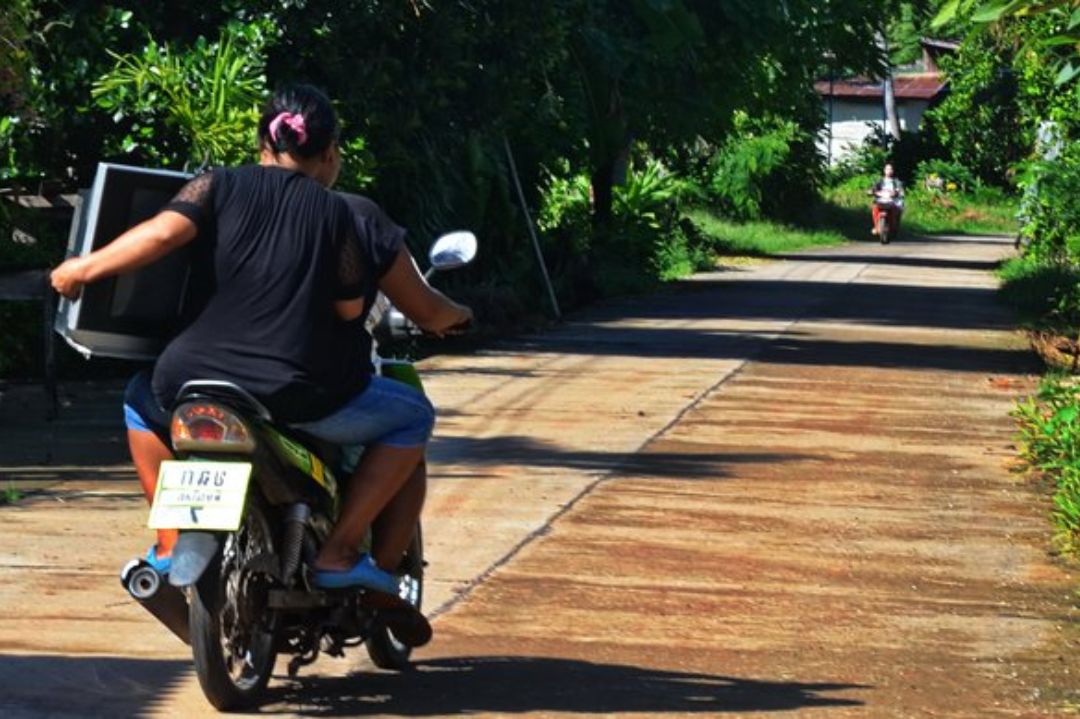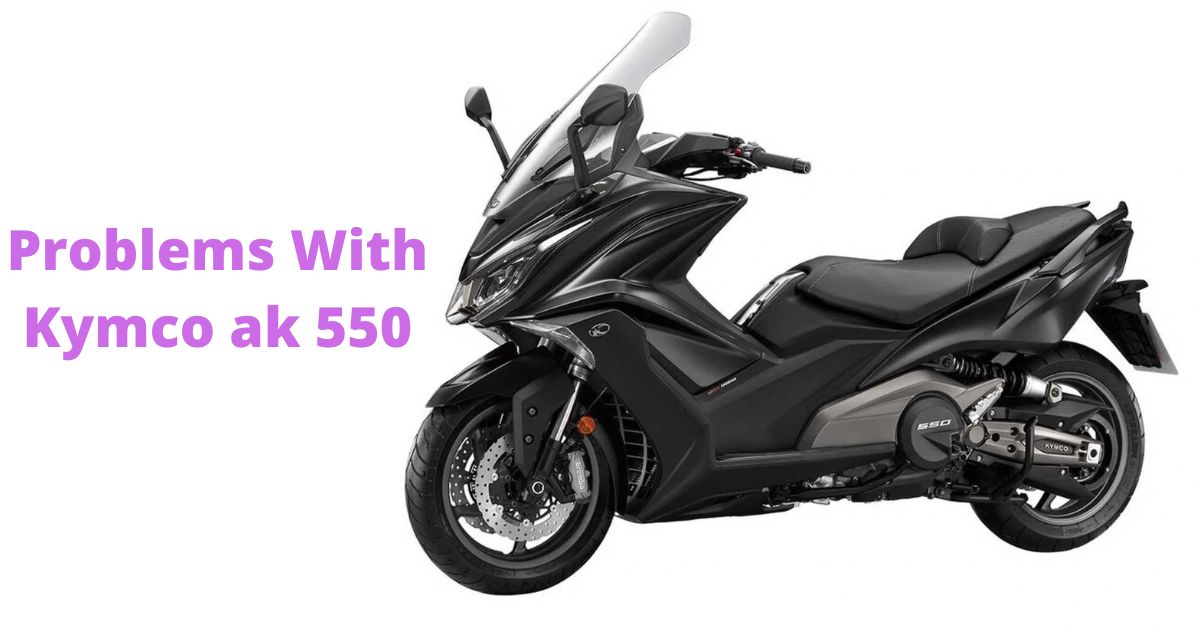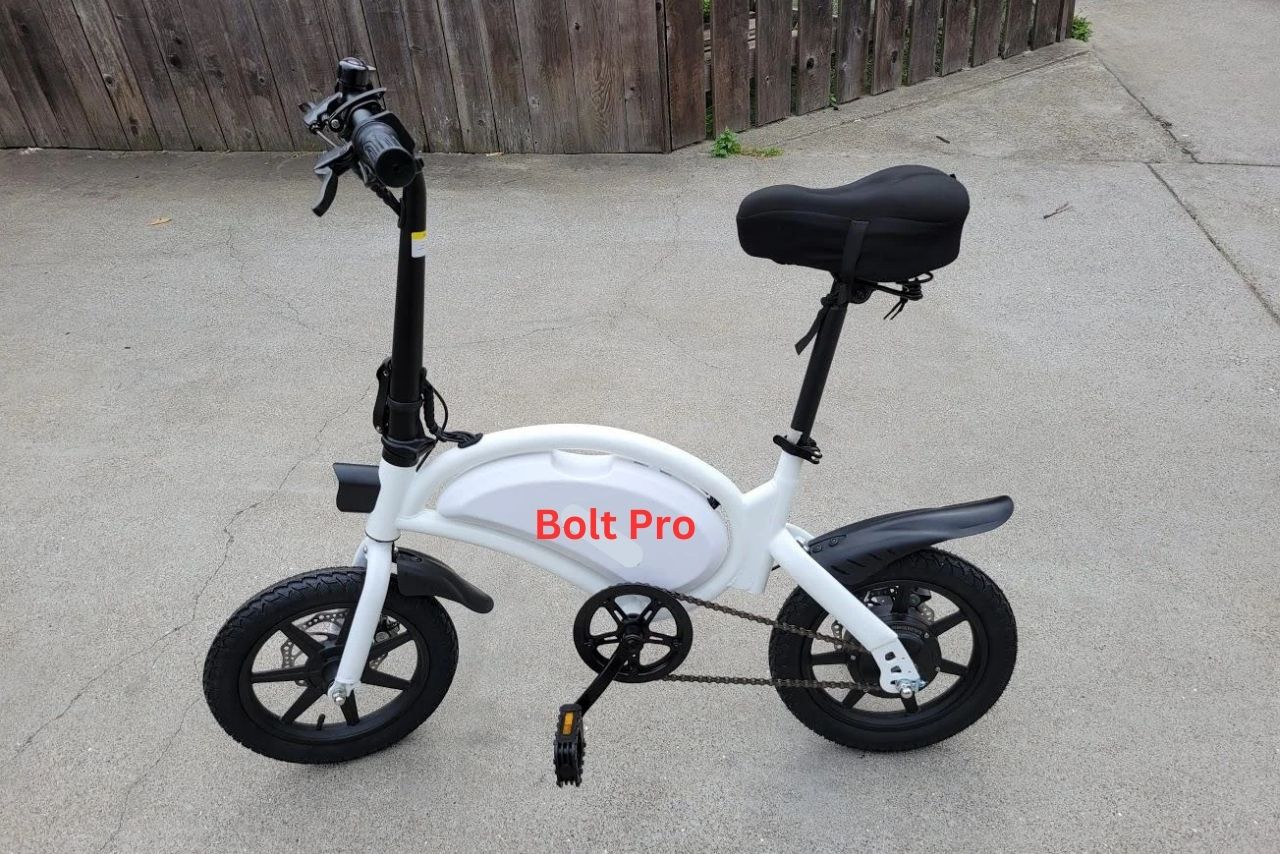Are you experiencing frustration and disappointment as your moped loses power when tackling uphill slopes? Fear not, for we have the solution to your problem right here.
In this article, we will guide you through a step-by-step process to diagnose and resolve the issue of your moped losing power up hills. By following our expert advice, you can get your moped back in peak performance condition and conquer those challenging inclines with ease.
Firstly, we will explore the fuel mixture and how it may be affecting your moped’s power output.
Next, we will delve into the air filter, spark plug, and exhaust system, examining each component’s role in maintaining optimal performance.
The clutch, transmission, and engine compression will also be thoroughly assessed to rule out any potential culprits.
With our detailed instructions, you will be equipped to identify and rectify any underlying issues causing your moped’s power loss.
Key Takeaways
- Power loss uphill can be caused by various factors such as fuel mixture, clogged filters, faulty ignition system, and clutch wear or slipping.
- Regular maintenance and inspection of fuel filters, carburetors, air filters, spark plugs, and exhaust systems are important for optimal performance.
- Upgrading to a performance exhaust, clutch, or carburetor can improve power output and performance on uphill terrain.
- If troubleshooting does not provide clear answers, it is recommended to seek professional help from a trained mechanic for a thorough inspection and appropriate repairs or adjustments.
Why Is Moped Losing Power Up Hills?

Mopeds can lose power up hills for a few reasons, including:
- Low fuel level: If the fuel level is too low, the engine may not have enough fuel to power it up the hill.
- Dirty carburetor: A dirty carburetor can restrict the flow of fuel to the engine, causing it to lose power.
- Bad spark plug: A bad spark plug can prevent the engine from firing properly, which can also cause it to lose power.
- Overweight: If the moped is overloaded, it may not have enough power to climb the hill.
- Engine problems: If the engine is damaged or worn out, it may not be able to generate enough power to climb the hill.
If your moped is losing power up hills, you should check the fuel level, clean the carburetor, replace the spark plug, and make sure the moped is not overloaded.
1. Check the Fuel Mixture
Check if you’re getting enough fuel and air in the engine’s mixture, causing your moped to struggle up hills. One possible issue could be a clogged fuel filter. A dirty or blocked filter can restrict the flow of fuel to the engine, resulting in a loss of power.
To address this, locate the fuel filter and inspect it for any signs of debris or contamination. If necessary, clean or replace the filter to ensure proper fuel flow.
Another component to examine is the carburetor. A malfunctioning carburetor can disrupt the fuel-air mixture, leading to a lack of power.
Carefully inspect the carburetor for any damage or buildup. If you notice any issues, consider cleaning or adjusting the carburetor.
2. Inspect the Air Filter
Make sure you’re taking a close look at the condition of your air filter to find the solution you’re searching for.
The air filter plays a crucial role in the performance of your moped, as it prevents dust, dirt, and debris from entering the engine. A clogged air filter can restrict the airflow, leading to a loss of power when climbing uphill.
Here are three steps you can take to address this issue:
- Replace the air filter: If the air filter is old or damaged, it’s recommended to replace it with a new one. This’ll ensure optimal airflow and improve the overall performance of your moped.
- Clean the air filter: If the air filter isn’t excessively dirty, you can clean it using compressed air or by gently tapping it to remove any debris. Be careful not to damage the filter during the cleaning process.
- Regular maintenance: To prevent future issues, make it a habit to inspect and clean or replace the air filter at regular intervals, as specified in the manufacturer’s guidelines.
3. Examine the Spark Plug
Upon examining the spark plug, it’s crucial to ensure its optimal condition to maintain efficient performance while tackling uphill terrains. Start by checking the ignition system, as a faulty ignition can lead to power loss.
Inspect the spark plug for any signs of wear or damage, such as worn electrodes or a cracked insulator. If necessary, clean the spark plug using a wire brush and ensure the gap is set to the manufacturer’s specifications.
Additionally, clean the carburetor to ensure proper fuel mixture and delivery. A clogged carburetor can restrict fuel flow, resulting in decreased power output.
Remove the carburetor and clean it thoroughly using carburetor cleaner and a soft brush. Reassemble the carburetor and ensure all connections are tight.
4. Evaluate the Exhaust System
When evaluating the exhaust system of your moped, look for any blockages or restrictions that may be inhibiting its performance. Inspect for leaks or damage that could be causing a loss of power.
Additionally, consider upgrading to a performance exhaust if you’re seeking improved overall performance and efficiency.
Look for Any Blockages or Restrictions
As you ride your moped up a steep hill, you might notice a decrease in power, like you’re pushing against an invisible force.
One possible cause for this power loss could be blockages or restrictions in the exhaust system. To identify any potential issues, it’s important to thoroughly inspect the exhaust system.
Here are some ways to look for blockages or restrictions:
- Check the exhaust pipe for any signs of damage or obstructions such as debris or dirt.
- Inspect the muffler for rust, holes, or clogs that could restrict the flow of exhaust gases.
- Examine the exhaust manifold for cracks or leaks that may impede the exhaust flow.
- Remove the exhaust system and inspect the catalytic converter for any blockages or damage.
- Clean or replace the air filter to ensure proper airflow to the engine.
Check for Leaks or Damage
To ensure a smooth and enjoyable ride, make sure you check for any leaks or damage in the exhaust system of your moped.
Start by inspecting the exhaust pipe for any visible cracks, holes, or signs of rust. These issues can lead to leaks, causing a loss of power when going up hills.
Additionally, check for fuel contamination, as contaminated fuel can negatively affect the performance of your moped. Ensure that the fuel lines are securely connected and free from any damage.
Consider Upgrading to A Performance Exhaust

Now that you’ve checked for leaks or damage and ensured that your moped is in good shape, it’s time to consider upgrading to a performance exhaust. This upgrade option can help address the issue of your moped losing power up hills.
A performance exhaust offers several performance improvements that can enhance the power and efficiency of your moped. Here are some benefits of upgrading to a performance exhaust:
- Increased horsepower and torque: A performance exhaust system allows for better exhaust flow, resulting in improved power output and acceleration.
- Enhanced fuel efficiency: The improved flow of exhaust gases can optimize fuel combustion, leading to better fuel efficiency.
- Lighter weight: Performance exhausts are often made from lighter materials, reducing the overall weight of your moped and improving its agility.
- Aggressive sound: Upgrading to a performance exhaust can give your moped a deeper and more aggressive sound, adding to the overall riding experience.
- Stylish appearance: Performance exhausts often come in sleek designs, adding a customized and sporty look to your moped.
5. Assess the Clutch
To assess the clutch, you should first check for any signs of wear or slipping. Look for any damage or excessive wear on the clutch plates or springs. If necessary, adjust the clutch cable or springs to ensure proper engagement and disengagement.
Additionally, consider upgrading to a performance clutch if you want to improve the overall performance and power delivery of your moped.
Check for Wear or Slipping
Feeling the thrill of riding up hills on your moped can quickly turn into frustration when you sense a loss of power, leaving you wondering if wear or slipping could be the culprit. To assess whether the clutch is causing this issue, it is essential to check for wear or slipping.
This can be done by inspecting the clutch plates and springs for signs of damage or excessive wear. Additionally, observe if the clutch engages smoothly or if there is any slipping when accelerating.
To evoke an emotional response in the audience, consider the following table:
| Symptom | Possible Cause | Recommended Action |
|---|---|---|
| Loss of power up hills | Clutch wear or slipping | Inspect clutch plates and springs, seek expert advice |
Adjust the Clutch Cable or Springs
Adjusting the clutch cable or springs can help address any issues related to wear or slipping, potentially restoring the power and performance of your moped when riding uphill.
To adjust the clutch cable or springs, follow these steps:
- Start by locating the clutch cable adjuster, which is usually located near the clutch lever. Turn the adjuster clockwise to tighten the cable and counterclockwise to loosen it.
- Once the cable is properly adjusted, move on to the clutch springs. To adjust the springs, remove the clutch cover and locate the springs. Use a wrench to tighten or loosen the springs, depending on the desired throttle response.
- Additionally, consider upgrading the carburetor to improve the moped’s performance. A larger carburetor can provide a richer fuel mixture, resulting in increased power when climbing hills.
Consider Upgrading to A Performance Clutch
Consider upgrading to a performance clutch. It can significantly enhance your moped’s capabilities when tackling uphill terrain. When considering upgrade options, it’s important to note the performance benefits that come with a performance clutch.
Firstly, a performance clutch is designed to provide a higher power transfer, allowing your moped to generate more torque and maintain a steady power delivery even when climbing steep hills.
6. Inspect the Transmission
To diagnose the issue with your moped losing power up hills, you should first check the transmission. This is a crucial component that plays a significant role in the power delivery to the wheels.
Here are two important steps to inspect the transmission:
Check the battery voltage using a multimeter. Ensure it’s within the recommended range for optimal performance.
Examine the battery terminals for any signs of corrosion or loose connections. Clean or tighten them if necessary.
Start by inspecting the carburetor for any signs of damage or clogs. Clean or replace any faulty parts.
Adjust the carburetor settings according to the manufacturer’s specifications. This includes the air-fuel mixture and idle speed.
7. Evaluate the Engine Compression

After inspecting the transmission, battery, and carburetor settings, it is important to evaluate the engine compression to further diagnose the issue. Evaluating compression is a critical step in troubleshooting power loss on your moped.
Compression refers to the pressure that builds up inside the engine’s cylinders during the combustion process.
Low compression can result in a loss of power, especially when climbing steep hills. To evaluate the engine compression, you will need a compression tester tool.
Seek Professional Help
If evaluating the engine compression didn’t provide any clear answers, it may be time to seek professional help. When it comes to troubleshooting issues with your moped losing power up hills, a trained mechanic can provide valuable insight and expertise.
They have the knowledge and specialized equipment to diagnose and fix the problem efficiently.
Seeking professional help ensures that you’re not wasting time and money on unnecessary repairs or incorrect diagnoses. A skilled mechanic will be able to perform a thorough inspection of your moped.
They’ll check various components such as the fuel system, ignition system, and transmission. They’ll use troubleshooting techniques to identify the root cause of the power loss and recommend the appropriate repairs or adjustments.
Frequently Asked Questions
How Often Should I Check the Fuel Mixture on My Moped?
Regularly checking the fuel mixture on your moped is important for maintaining optimal performance.
Neglecting this maintenance task can lead to common fuel mixture issues, which may result in power loss while riding uphill.
What Are the Signs of A Clogged Air Filter on A Moped?
Signs of a clogged air filter on a moped include decreased engine performance, difficulty starting, and reduced fuel efficiency.
Regular maintenance, such as cleaning or replacing the air filter, is crucial to ensure optimal moped performance.
How Can I Determine if The Spark Plug Is Faulty on My Moped?
To determine if the spark plug is faulty on your moped, start by removing the plug and inspecting it for signs of damage or fouling.
If the electrode is worn, the plug may need to be replaced as part of spark plug maintenance.
How Does the Exhaust System Affect the Moped’s Power up Hills?
The exhaust system efficiency directly affects your moped’s power up hills. Regular maintenance is crucial to ensure optimal performance.
A well-functioning exhaust system allows for proper airflow and combustion, maximizing power and preventing power loss on inclines.
What Are the Common Symptoms of A Worn-Out Clutch on A Moped?
Common symptoms of a worn-out clutch on a moped include slipping, difficulty shifting gears, a burning smell, and a lack of power transmission.
Moped clutch troubleshooting is necessary to determine if Moped Clutch Replacement is needed.
Summary: Moped Losing Power Up Hills!
Experiencing a loss of power while riding a moped up hills can be a frustrating and potentially dangerous situation. However, there are several potential solutions to this problem.
Firstly, ensuring that the moped is properly maintained by regular servicing and cleaning the air filter can help improve its performance.
Additionally, considering upgrading to a more powerful engine or using alternative methods such as pedaling can also provide some relief when tackling uphill terrains.
Lastly, it is important for riders to practice safe driving habits and adjust their speed accordingly when faced with steep inclines.
By implementing these strategies, moped users can overcome power loss issues and enjoy a smoother and safer ride up hills.




